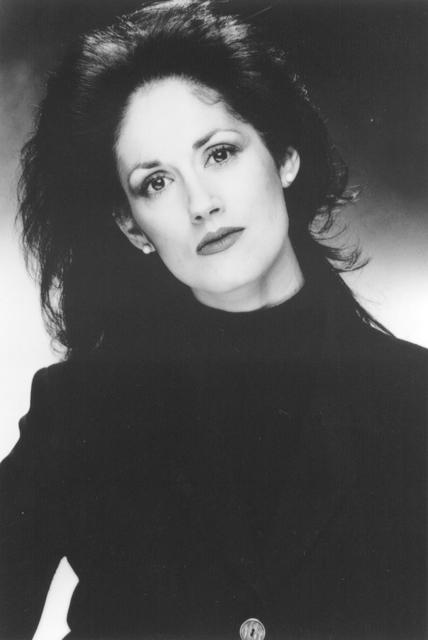

A brilliant and award-winning biographer, Laura Thompson now turns her sharp eye to Agatha Christie. It has been one hundred years since Agatha Christie wrote her first novel and created the formidable Hercule Poirot. The names of both author and Agatha Christie are in gold foil, that can disappear over time and use.Ī new edition was published last year (2020) with an introduction from the author and titled Agatha Christie: A Mysterious Life.The author of the New York Times bestselling The Six now turns her formidable biographical skills to the greatest crime writer in the world, Agatha Christie. The cover is in a light blue with a Christie photograph, also reproduced in the spine of the book.

This edition (I have the 4th edition of the 2008 paperback) is also enriched with 16 pages of black and white photographs from Christie and family, but also with photos from some of the book covers, from events related with the theatrical adaptations, and from newspapers. However, I did find interesting the excerpt of “Snow Upon Desert”, the first novel written by Christie and never published (and maybe because of that), and I concede the citations can be useful for some readers to discover Agatha Christie’s books they didn’t know about before.

I confess I skipped part of the excerpts cited. That being said, I did find Thompson relies too much in the Christie’s fictional books trying to connected them with real life events, which makes it a little bit difficult to go through the more than 500 pages. The use of these primary sources would be enough for me to recommend this biography. The book shows a deep and well done research, with the author showing us excerpts from conversations she took with the family and those that knew Agatha Christie, as well as letters to and from Christie, which makes a valuable information to anyone who wants to know more about the context of the described events. In this biography of Agatha Christie (1890 – 1976), Laura Thompson gives us a detailed account of Christie’s life events and relationships with her family and friends – including the events about the 11 days of Christie’s disappearance -, but also with her publishers and what Christie thought about the adaptations of her works to theater or film.


 0 kommentar(er)
0 kommentar(er)
